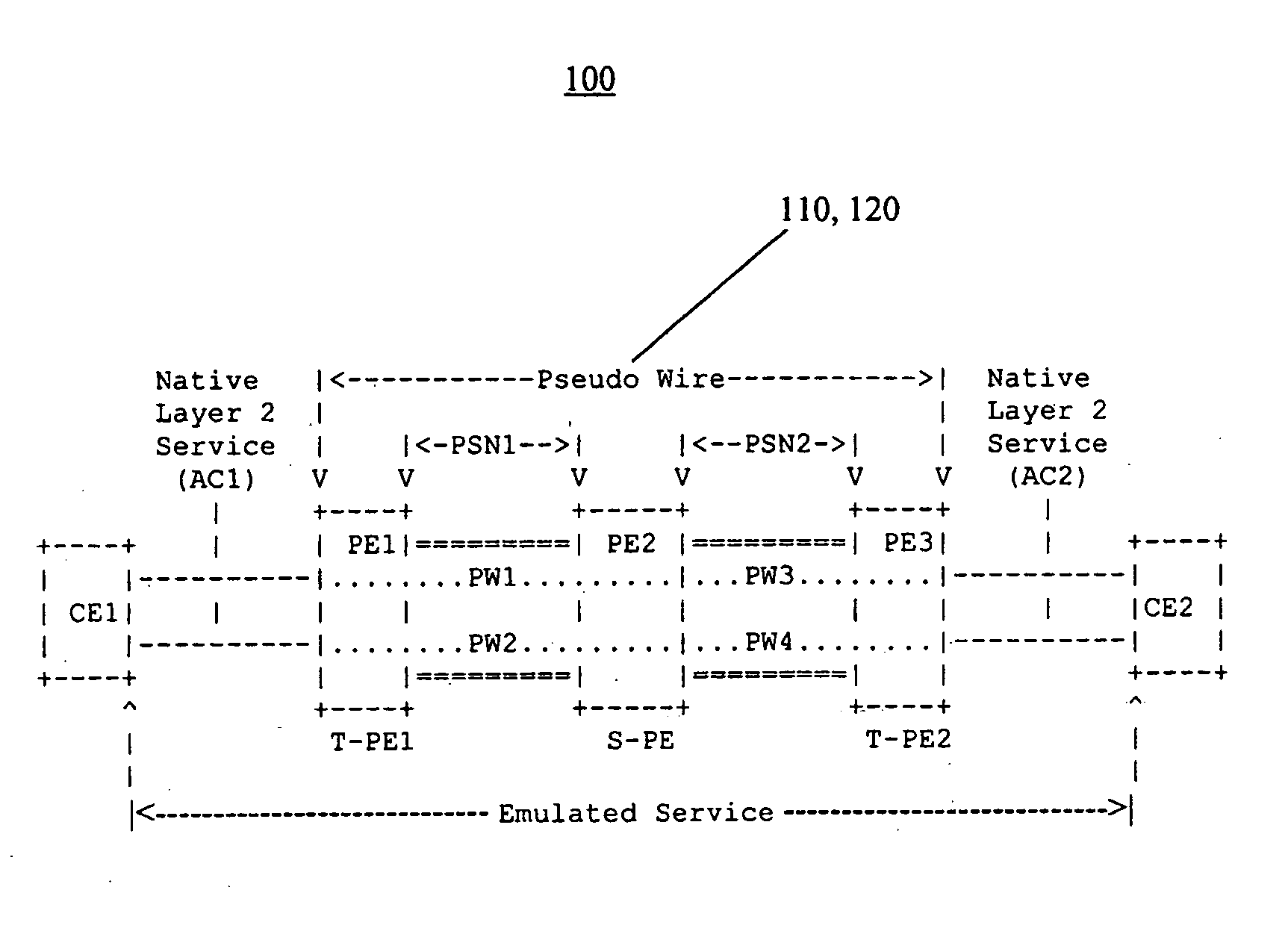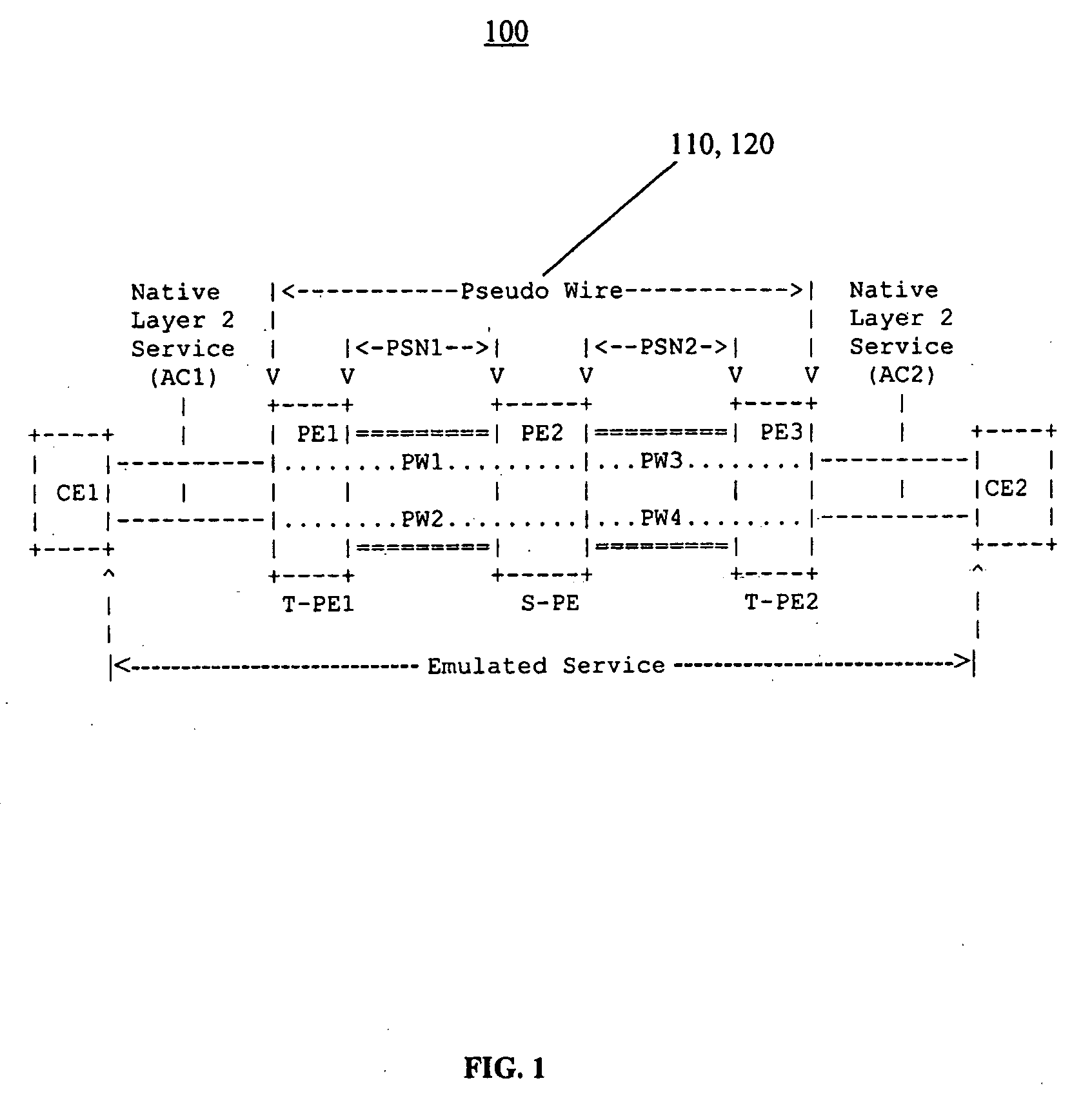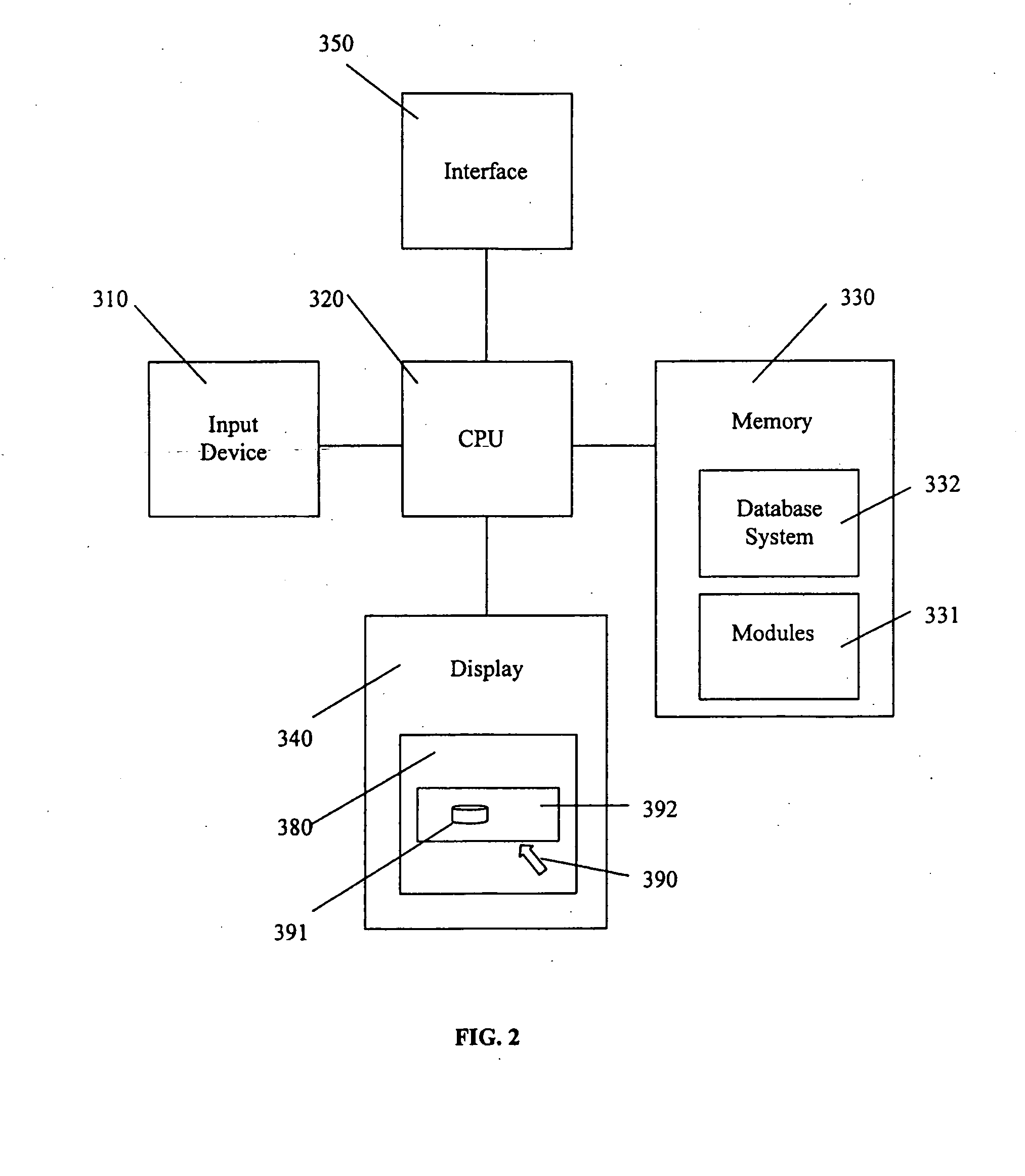Method and system for verifying connectivity of multi-segment pseudo-wires by tracing
a pseudo-wire and multi-segment technology, applied in the field of network management and service provisioning, can solve the problems of inability to easily pinpoint the point of failure, time-consuming, unusable, etc., and achieve the effect of confirming the connectivity of the second segmen
- Summary
- Abstract
- Description
- Claims
- Application Information
AI Technical Summary
Benefits of technology
Problems solved by technology
Method used
Image
Examples
Embodiment Construction
[0026]In the following description, details are set forth to provide an understanding of the invention. In some instances, certain software, circuits, structures and techniques have not been described or shown in detail in order not to obscure the invention. The term “data processing system” is used herein to refer to any machine for processing data, including the network elements and network management systems described herein. The present invention may be implemented in any computer programming language provided that the operating system of the data processing system provides the facilities that may support the requirements of the present invention. Any limitations presented would be a result of a particular type of operating system or computer programming language and would not be a limitation of the present invention. The present invention may also be implemented in hardware.
[0027]FIG. 1 is a block diagram illustrating a multi-segment pseudo-wire based communications network 100...
PUM
 Login to View More
Login to View More Abstract
Description
Claims
Application Information
 Login to View More
Login to View More - R&D
- Intellectual Property
- Life Sciences
- Materials
- Tech Scout
- Unparalleled Data Quality
- Higher Quality Content
- 60% Fewer Hallucinations
Browse by: Latest US Patents, China's latest patents, Technical Efficacy Thesaurus, Application Domain, Technology Topic, Popular Technical Reports.
© 2025 PatSnap. All rights reserved.Legal|Privacy policy|Modern Slavery Act Transparency Statement|Sitemap|About US| Contact US: help@patsnap.com



